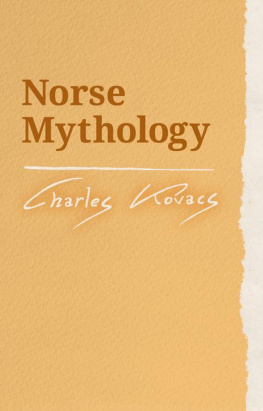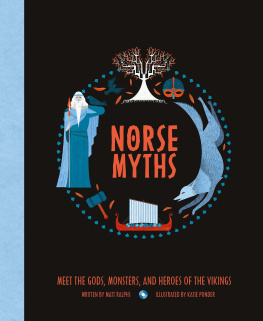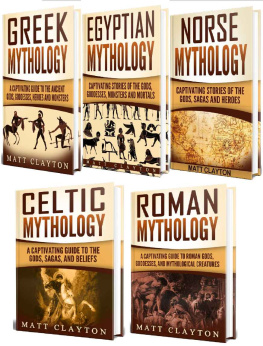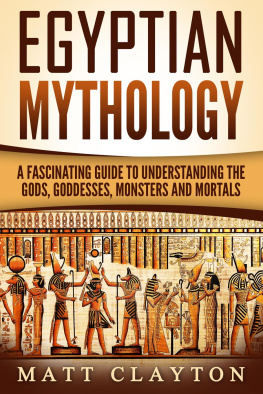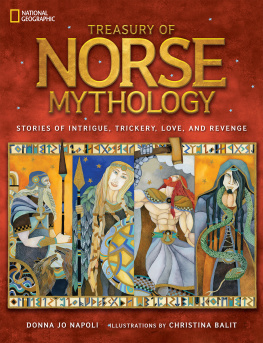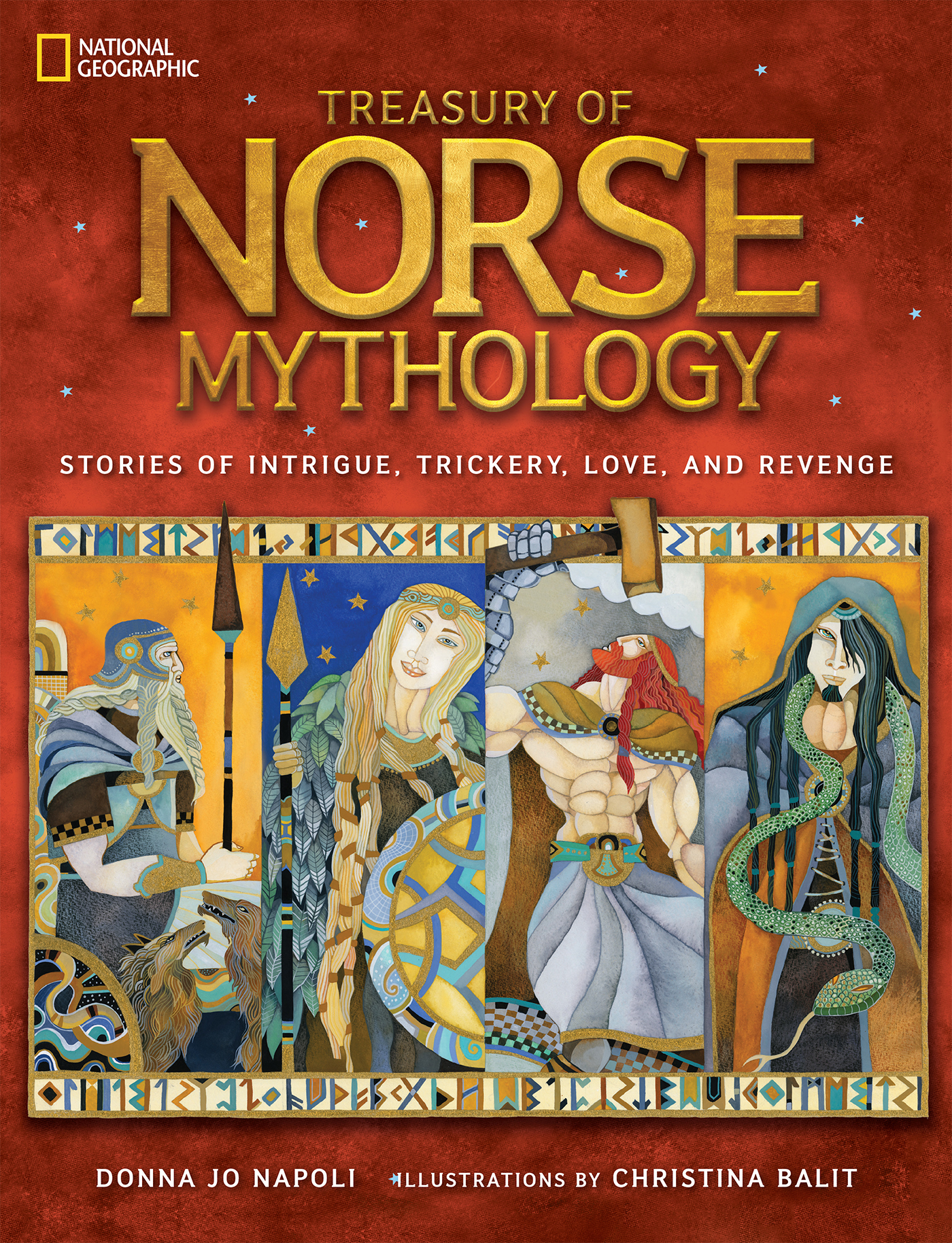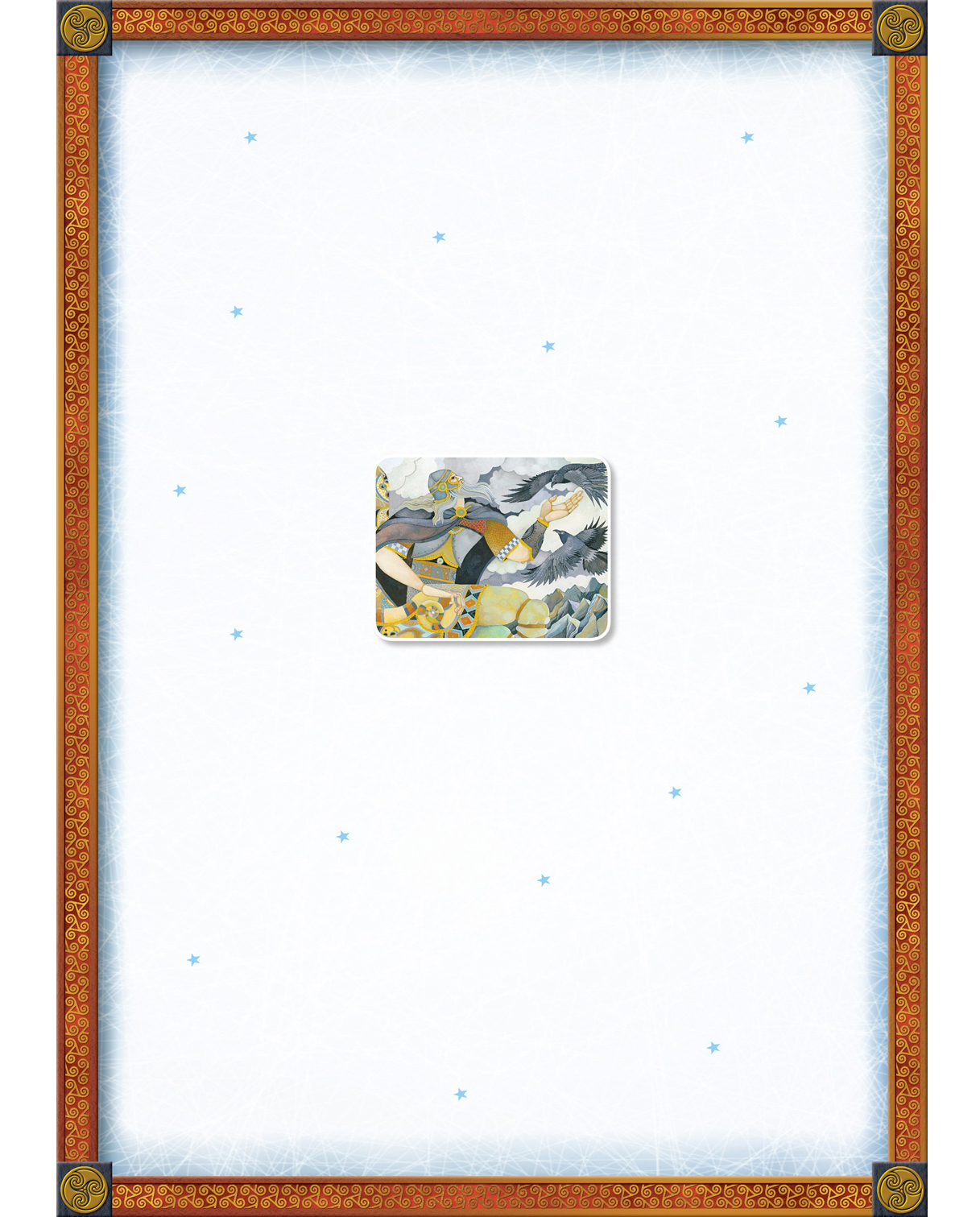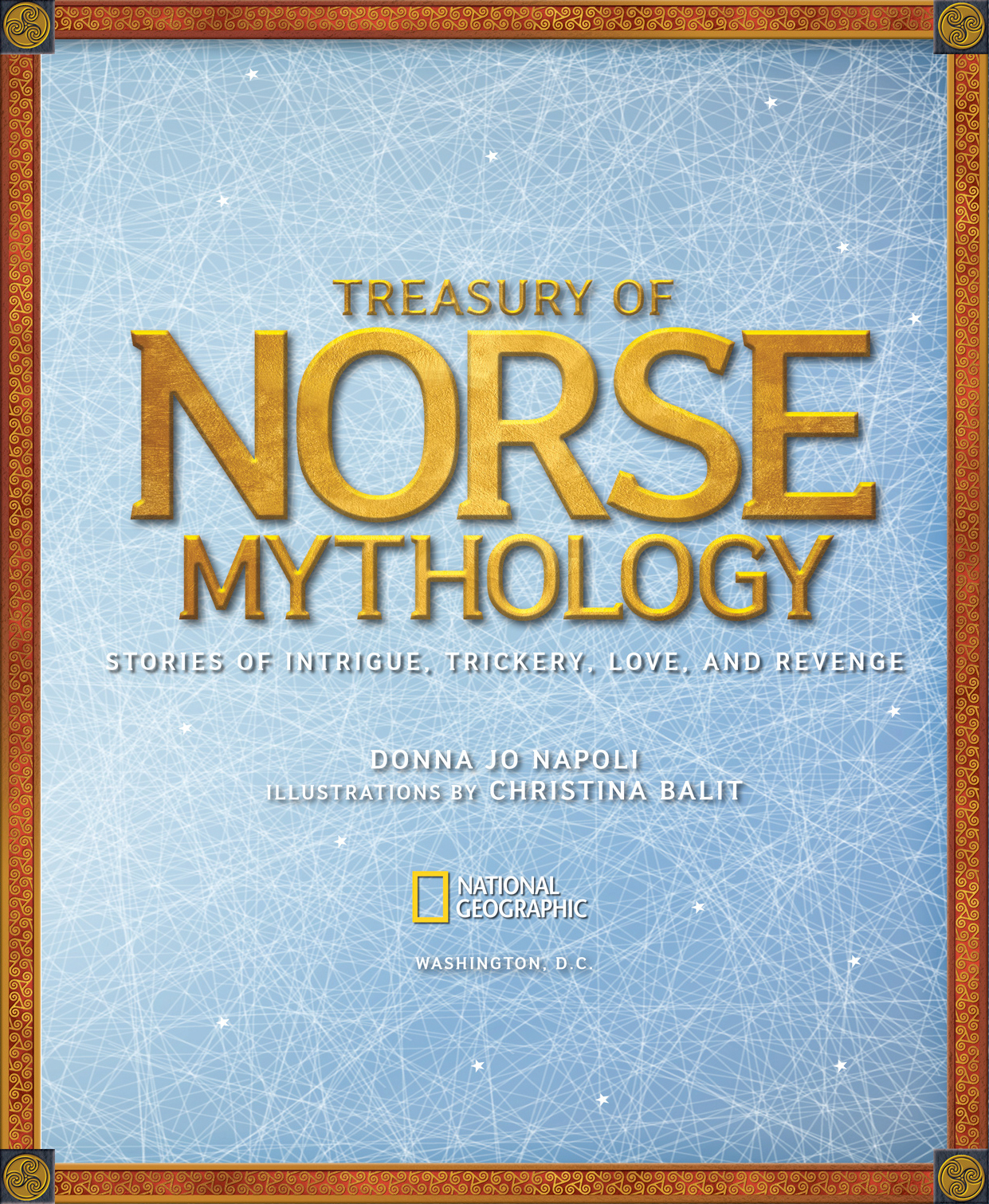Text Copyright 2015 Donna Jo Napoli
Illustrations Copyright 2015 Christina Balit
Compilation Copyright 2015 National Geographic Society
All rights reserved. Reproduction of the whole or any part of the contents without written permission from the publisher is prohibited.
Staff for This Book
Priyanka Sherman and Amy Briggs, Senior Editors
David M. Seager, Art Director and Designer
Callie Broaddus, Associate Designer
Hillary Leo, Photo Editor
Carl Mehler, Director of Maps
Paige Towler, Editorial Assistant
Sanjida Rashid and Rachel Kenny, Design Production Assistants
Michael Cassady, Rights Clearance Specialist
Grace Hill, Managing Editor
Mike OConnor, Production Editor
Lewis R. Bassford, Production Manager
Rachel Faulise, Manager, Production Services
Susan Borke, Legal and Business Affairs
Published by the National Geographic Society
Gary E. Knell, President and CEO
John M. Fahey, Chairman of the Board
Melina Gerosa Bellows, Chief Education Officer
Declan Moore, Chief Media Officer
Hector Sierra, Senior Vice President and General Manager, Book Division
Senior Management Team, Kids Publishing and Media
Nancy Laties Feresten, Senior Vice President
Jennifer Emmett, Vice President, Editorial Director, Kids Books
Julie Vosburgh Agnone, Vice President, Editorial Operations
Rachel Buchholz, Editor and Vice President , NG Kids magazine
Michelle Sullivan, Vice President, Kids Digital
Eva Absher-Schantz, Design Director
Jay Sumner, Photo Director
Hannah August, Marketing Director
R. Gary Colbert, Production Director
Digital
Anne McCormack, Director
Laura Goertzel, Sara Zeglin, Producers
Emma Rigney, Creative Producer
Bianca Bowman, Assistant Producer
Natalie Jones, Senior Product Manager
ILLUSTRATIONS CREDITS
All illustrations: Christina Balit .
Photos: , Valhalla and the Midgard Serpent, 1680, Icelandic School (17th century)/Arni Magnusson Institute, Reykjavik, Iceland/Bridgeman Images
The National Geographic Society is one of the worlds largest nonprofit scientific and educational organizations. Founded in 1888 to increase and diffuse geographic knowledge, the Societys mission is to inspire people to care about the planet. It reaches more than 400 million people worldwide each month through its official journal, National Geographic , and other magazines; National Geographic Channel; television documentaries; music; radio; films; books; DVDs; maps; exhibitions; live events; school publishing programs; interactive media; and merchandise. National Geographic has funded more than 10,000 scientific research, conservation, and exploration projects and supports an education program promoting geographic literacy.
For more information, please visit www.nationalgeographic.com
call 1-800-NGS LINE (647-5463),
or write to the following address:
National Geographic Society
1145 17th Street N.W.
Washington, D.C. 20036-4688 U.S.A.
Visit us online at
nationalgeographic.com/books
For librarians and teachers:
ngchildrensbooks.org
More for kids from National Geographic:
kids.nationalgeographic.com
For information about special discounts for bulk purchases, please contact
National Geographic Books Special Sales:
For rights or permissions inquiries, please contact
National Geographic Books Subsidiary Rights:
Library of Congress Cataloging-in-Publication Data
Napoli, Donna Jo, 1948- author.
Treasury of Norse mythology : stories of intrigue, trickery, love, and revenge
/ by Donna Jo Napoli; illustrated by Christina Balit.
pages cm
Audience: Ages 8-12
Includes bibliographical references and index.
eBook ISBN: 978-1-4263-2357-7
ISBN 978-1-4263-2098-9 (hardcover : alk. paper) ISBN 978-1-4263-2099-6 (library binding : alk. paper)
1. Mythology, NorseJuvenile literature. 2. Gods, NorseJuvenile literature. 3. TalesScandinavia. I. Balit, Christina, illustrator. II. Title.
BL860.N25 2015
398.209368dc23
15/RRDS/1
v3.1
Cover: Four inhabitants of Asgard: Odin on his throne, two wolves at his feet; stunning Freyja in her falcon-feather coat; Thor with his hammer high, ready to bash enemies; and Loki lurking, envious and spiteful
For Barry, il mio vichingo . DJN
For my very dear friend Joe Boyle
a Norse traveler if ever there was one . CB
Enormous gratitude for guidance throughout this project goes to Professor Scott Mellor of the Department of Scandinavian Studies at the University of Wisconsin at Madison. The author and illustrator also thank the National Geographic team who worked on this project for their resourcefulness, energy, and wisdom: Amy Briggs, Priyanka Lamichhane, Hillary Leo, and David Seager .
CONTENTS

INTRODUCTION

D uring the Middle Ages Latin became the language of writing and of much religious storytelling in many lands of Europe. So, for example, in Germany and France people would speak German or French to friends and business associates, but when they wrote books or told Christian stories, they used Latin. The countries in what is today Scandinavia spoke Old Norse, common to all three countries, Norway, Denmark, and Sweden. However, even after Latin writing came to Icelandwhich was settled by Norse peoplethey wrote their own stories in Old Norse, not Latin. In Iceland the tradition of skaldic poetry and song was fundamental to daily culture. People gathered in large halls at any excuse to listen to stories, often because a visiting poet had come to the village. Stories could warm a long cold night, after all. This might well be the reason why some Norse people tenaciously maintained the worldview you will encounter in the stories here until the middle of the 12th century, in opposition to the rising strength of Christianity in neighboring countries.
The Norse stories in many ways reflect the geophysical world the people of Norway and Iceland inhabited. Norway is covered with mountains, the tallest of which are essentially barrenand four are volcanic. Iceland is covered with volcanoes, many of which are active. And both countries have snow and ice in many areas in winter and in some areas even year-round, and each has a long coast lapped by an icy ocean. In such an environment the land and sea themselves must have seemed alive. At any moment the earth might roar, spit fire, and swallow you, or it might shake and an avalanche of snow could smother your homestead. Even a piece of rock, if smacked against a glassy stone, could produce hot sparks that set afire whatever dry twigs were at hand. Its no wonder then that not just living beings had names, but all sorts of objects had names, too. Bridges and halls, trees and swords, inanimate objects of so many kinds had personalities and powers, and it was important to show respect through calling them by nameand never, never to do so frivolously.


